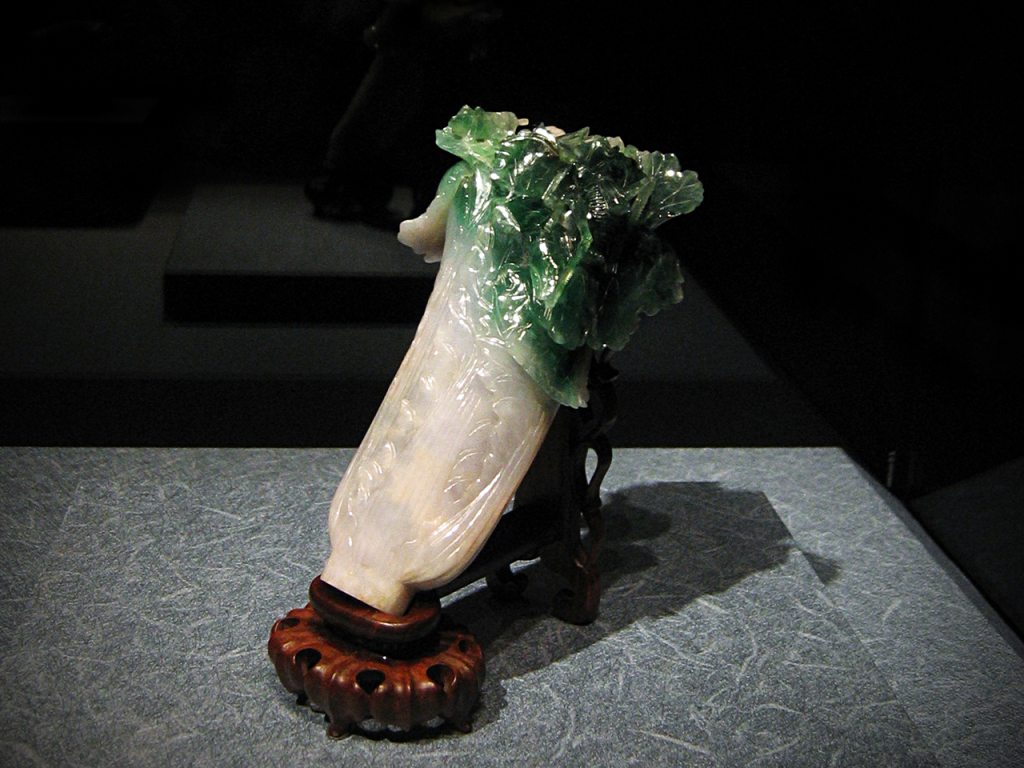Our first stop today was Longshan Temple, located in the Wanhua District. It is one of the oldest and most active temples in the city. The temple serves multiple religious practices, including Buddhism and Taoism. It was crowded with visitors and worshippers. People made offerings, and used traditional methods like drawing fortune sticks or throwing divination blocks to seek answers. The temple architecture was traditional, with intricate carvings, colorful decorations, and symbols representing various deities. There was even an English god we could pray too. I was so stunned at how the buildings have lasted so long but we later learned that porcelain is what the roofs were made of.

Next, we visited Xingtian Temple in the Zhongshan District. This temple had a more modern design. It did not allow incense burning, which made the environment quieter and more subdued. People there were mostly engaged in silent prayer or reflection. The contrast between Longshan and Xingtian showed the diversity in religious practice in Taiwan, from elaborate ritual to simpler, more meditative worship.
For lunch, we had Mongolian barbecue, which was a first for me. It is one of my favorite meals so far. We picked raw ingredients from a buffet vegetables, meat, noodles, sauces and saw the chefs grill them together on a large circular cooktop. The food was flavorful, and the process was interactive. I also tried a seafood dish that I couldn’t identify, but it was good and didn’t have a strong fishy taste it might have been tuna.

In the afternoon we went to the national Palace Museum. The museum holds one of the world’s largest and most important collections of Chinese imperial artifacts. Many of these items were originally in the Forbidden City in Beijing and were brought to Taiwan during the Chinese Civil War to keep them safe. As I walked through the exhibits, I felt like I was going through thousands of years of Chinese history. I saw pretty jade and porcelain vases, ancient bronze vessels, calligraphy, and silk paintings. What I thought was interesting was that diamond wasn’t valued as highly as it was in most other countries at the time because porcelain was the highest value. Jade and porcelain were more than just decorative and beautiful. Jade, for example, represented purity, strength, and moral integrity, and it was used in everything from jewelry to ceremonial and burial items and was said to protect you. Porcelain showed how skilled Chinese craftsmen were, and how much influence their work had on the world through trade. Even the museum building itself was stunning. The museum was in a green mountain and designed in a traditional palatial style. It had giant staircases, curved golden roofs, and an overall elegance and culture that made it feel like a royal residence. As we stepped outside, I looked up and saw a temple high in the hills above the museum. It made the museum feel like a bridge between history, art, and spirituality. My favorite piece in the entire museum was the jadeite cabbage. It was so detailed and life like that I had to remind myself it was carved from stone. The description said the cabbage symbolized purity and fertility, and the tiny insects hidden in the leaves gave it a charming, playful feel. That piece really captured what I loved most about the museum how Chinese art combines technical mastery with deeper layers of meaning.

Before we left, I stopped by the gift shop and bought a bracelet as a souvenir. It’s a small, simple piece, but it will always remind me of what I saw and learned today the beauty of Chinese craftsmanship, the depth of its culture, and the feeling of being surrounded by something so meaningful and timeless. This visit really helped me connect the dots between Taiwan’s present and its historical and cultural roots.